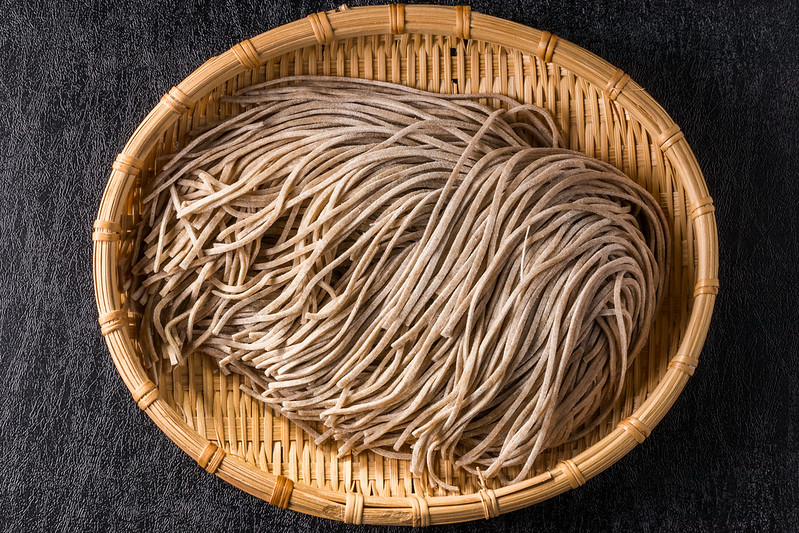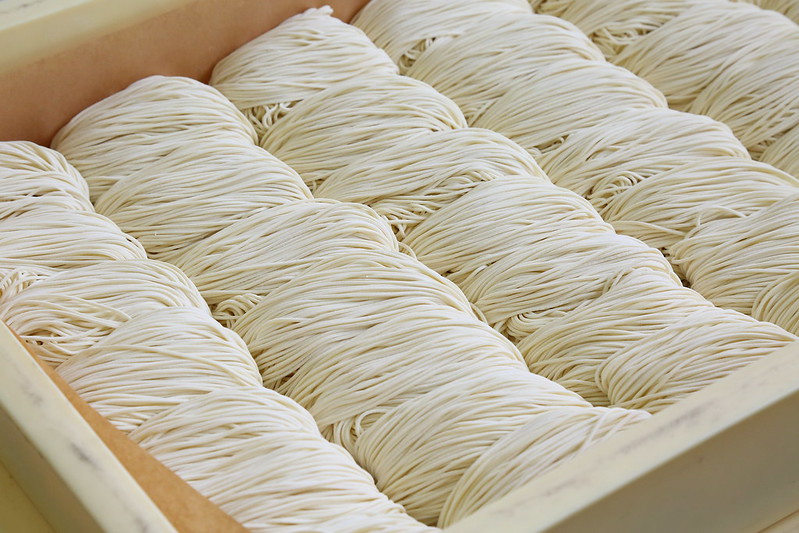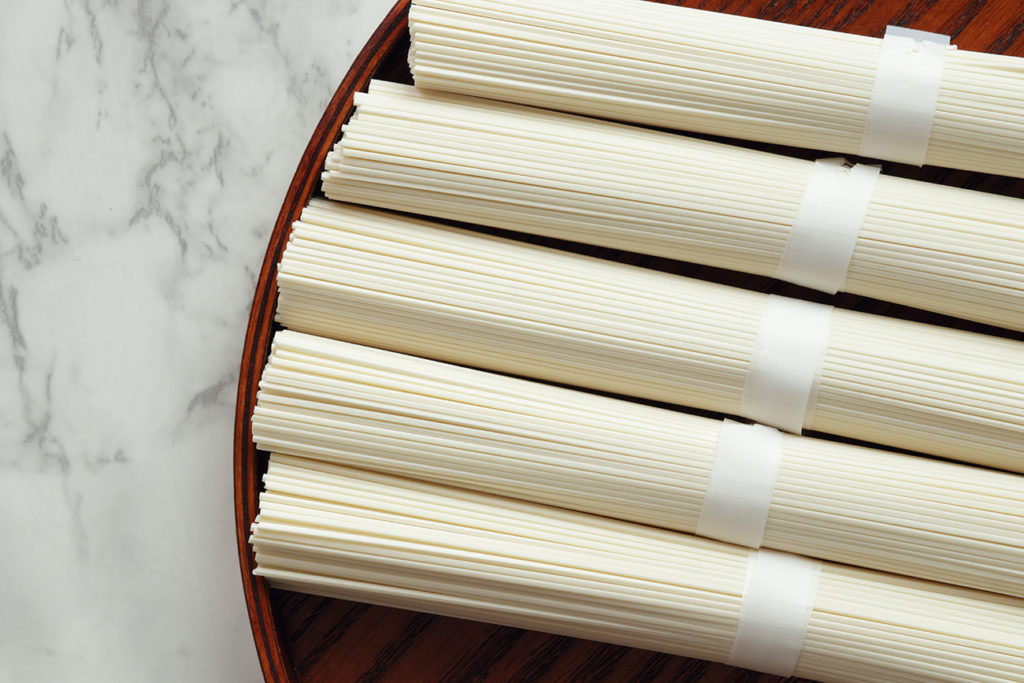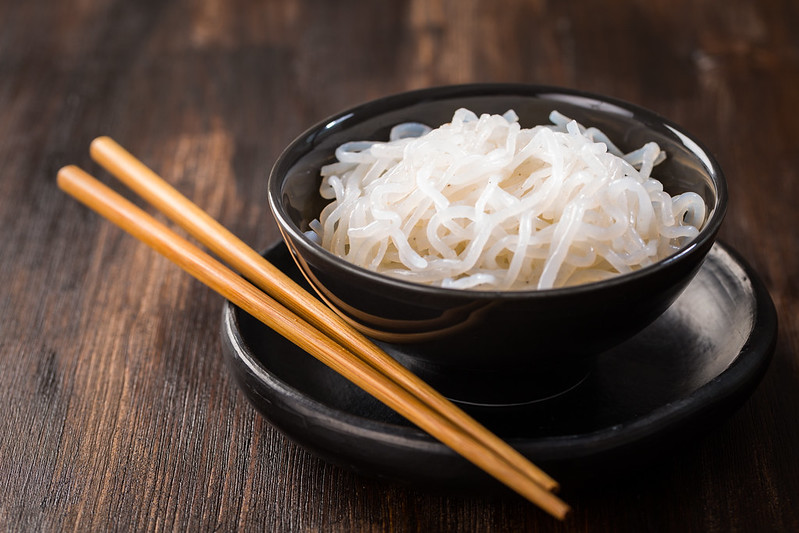
The Delicious World of Japanese Noodles
The world’s oldest noodles, found at the Lajia archeological site along the Yellow River in China, were believed to be about 4,000 years old. The noodles were well-preserved and resembled the traditional noodles from the area. The oldest written record of noodles is found in a book that dates back to the Eastern Han period of China (25–220 CE). In Japan, wheat noodles or udon were adapted from a Chinese recipe by a Buddhist monk as early as the 9th century, while ramen noodles, also based on Chinese noodles, became popular in Japan by the 1900s.
Noodles are a staple of Japanese cuisine, almost as important as rice. They are served in a variety of ways—hot or cold, in soups or dishes. Here are some of the delicious varieties of Japanese noodles:
Sōmen—thin white noodles made from wheat flour. They are usually served cold in summertime with dipping sauces but they can also be used in soups and other types of hot dishes.
Ramen—thin noodles made from wheat flour, water, salt, and kansui (a form of alkaline water). Ramen noodles have a firm texture and are usually pale yellow in color with varying width, length, and shape. They are served in broth. Ramen dishes include tonkotsu ramen, miso ramen, shio ramen, and shoyu ramen.
Hiyamugi—similar to sōmen and udon noodles with its size being somewhere in between. They are mostly white in color but there are some noodles with hues of brown and pink sometimes mixed in with the bundles of white. Hiyamugi noodles are also served in ways similar to udon and sōmen.
Shirataki—clear noodles made from konnyaku (yam cake) fro a plant of the genus Amorphophallus. The noodles are rubbery or chewy and used in Japanese dishes like oden and sukiyaki to add texture.
Udon—the thickest type of Japanese noodles. Colored white and made from wheat, they can be served either hot or chilled with dipping sauces, in broth, or in an array of other hot dishes. Some examples of udon dishes include curry udon, kitsune udon, and yakii udon.
Soba—made from buckwheat and wheat flour, soba noodles are available dried or fresh and can either be served cold with dipping sauce or with hot broth. Some examples of soba dishes are tempura soba, kitsune soba, and zaru soba (chilled).
